NEEDS: For each group of 6 to 12 participants, you'll need 12 to 15 tennis balls, 12 to 15 towers and one game noodle for each person in the group. (A game noodle is half of a long foam pool noodle toy - easily cut with a bread knife.) The towers you see in the video are thread spools picked up from a textile factory that does sewing (often discarded or recycled). Towers can also be plastic cups, open end down (like in the Immobile Chopsticks blog post), paper towel or toilet paper rolls, sections of 1 inch PVC pipe, aluminum cans, rolled paper - anything that can support a tennis ball. The more towers you use the longer the challenge. (To make it easier for younger groups, use plastic cups and set them down open end up - the tennis ball is dropped, carefully, into the cup.)
SET UP: Place the towers for each group in a straight line, about three or four feet apart. Place all the tennis balls (equal to the number of towers) on the floor/ground about 12 feet from the start of the line. (If I have hula-hoops around, I put the tennis balls in a hula-hoop set on the ground 12 feet from the first tower.)
OBJECTIVE: Cap all the towers with a tennis ball.
- The Tennis Balls can ONLY touch/be touched by the noodles after leaving there starting position.
- If a Tennis Ball touches the floor/ground during its travels, it is returned to the start.
- When a Tennis Ball is touching a players game noodle, this player may not move his/her feet.
FACILITATION: I love all the possible ways Lots of Tops can be facilitated. My favorite way is to give all the groups in play at least two chances at topping the towers. So, when this is timed, a second chance will give a group the opportunity to find ways to achieve a better time.
I've also lead this one as a 'completion' activity as well. Once the towers are capped, the group(s) can talk about how they achieved the task, what 'problems' they encountered and how they got past them, and then talk about what they want to keep doing as they work together in the future.
With multiple groups I like to have a 'group time' so when one group is done capping their tops, what do they do? These are just a few ways to present Lots of Tops.
LEARNINGS: Here are some topics I can discuss with this one:
- Planning out a task - how does the planning evolve?
- Division of Labor - who is doing what and when? does the group stick together or divid and conquer?
- Collaborative Leadership - does leadership change hands or stay with one or two players?
- Collaboration - if there are multiple groups, do they exchange information? what influences the exchange of information, or not?
- Roles and Responsibilities - are these assigned, assumed, unknown?
- Goal Setting - how do we set goals without data and then with data?
Chris Cavert, Ed.D.

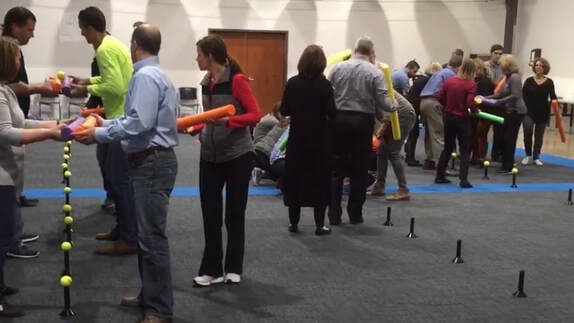
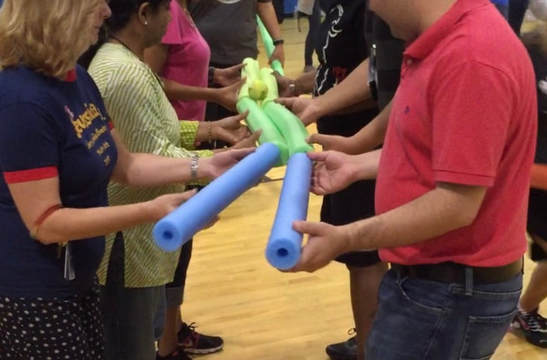
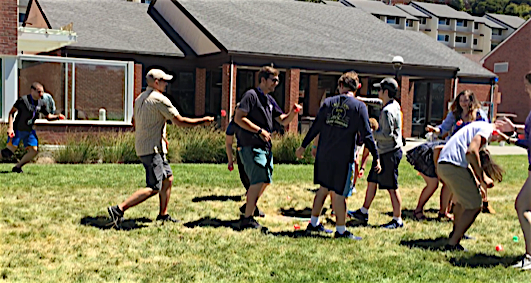
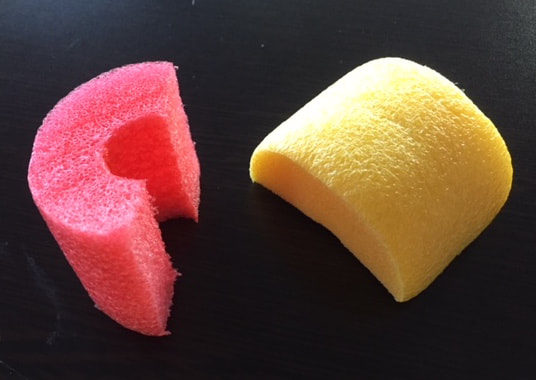
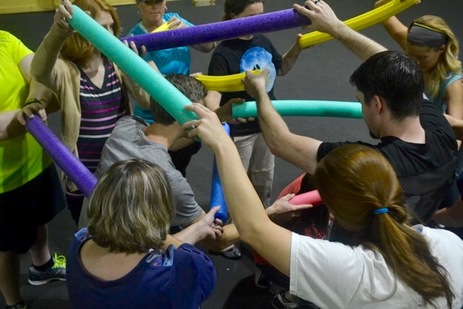





 RSS Feed
RSS Feed